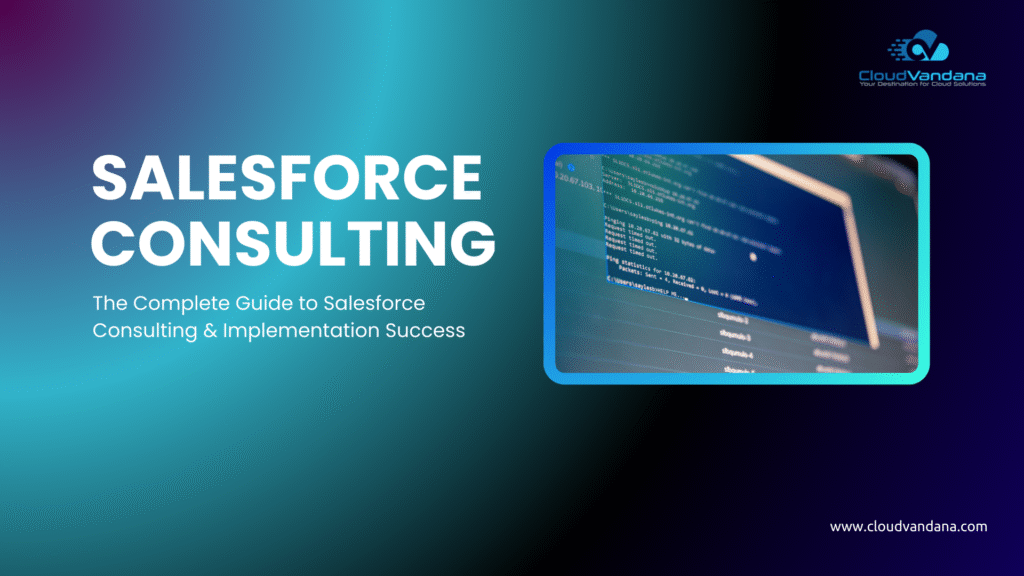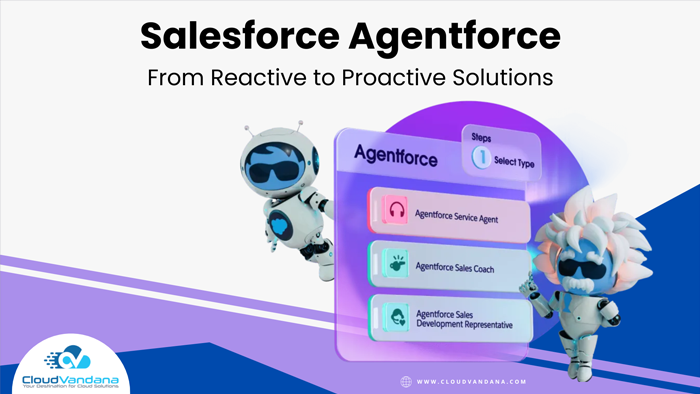Salesforce Flow is the automation tool of the future. It is an analytical development that unifies developers and administrators by allowing the use of Lightning Web Component(LWC) and Apex and letting the admin orchestrate all these in a single place.
In this blog, CloudVandana will discuss the best practices of Salesforce Flow. Following are the 5 Salesforce Flow best practices that should be followed.
Salesforce Flow Best Practices
1. Testing The Flow
Flow builder is built with a debug tool that can be used to test the Flows before activation. Sometimes admins can find additional issues in the actual process, so a clean-up might be needed before deploying. It is recommended to OVER test than to UNDER test.
2. Subflows
A Subflow is an auto-launched Flow. They have variables available for Input as well as Output. The Parent Flows can pass information into the Subflow. Developers can sometimes build a Flow that has a lot of complexity and runs a lot of calculations. It also reduces human error, maintenance, and testing time.
3. Document The Flows
Salesforce Administrators and potential Consultants view flow. So supporting documents should be created with Flow to make it easier to understand the key elements and other functionalities of Flow for any viewer. Developers should ensure that each description value should be filled with meaningful descriptions.
4. Don’t Use Hard-Coded Logic
Flow has the ability to reach out and gather specific information; things like Record Ids or Record Types are easily accessible without having a hardcode logic. The logic should be stored in a single place if possible so that other automation tools like Apex, Validation Rules, and other flows can also be benefited. The main reason behind avoiding hard-code Ids because they often change when shifting from one domain to another. If hard code becomes necessary, developers can consider using a Constant.
5. Plan The Faults
Faults and errors are everyday things that can happen while working with Flows or any other automation. So faults should be handled correctly. Developers should ensure that the users are presented with detailed error messages when unexpected errors occur.
Sometimes building a Flow seems to be an inexact move. Flow is fast, but there are other tools like Apex that are faster.
Do you have any further queries or requirements for a customized Salesforce solution for a seamless business process? Contact the Salesforce experts of CloudVandana today to get started.










